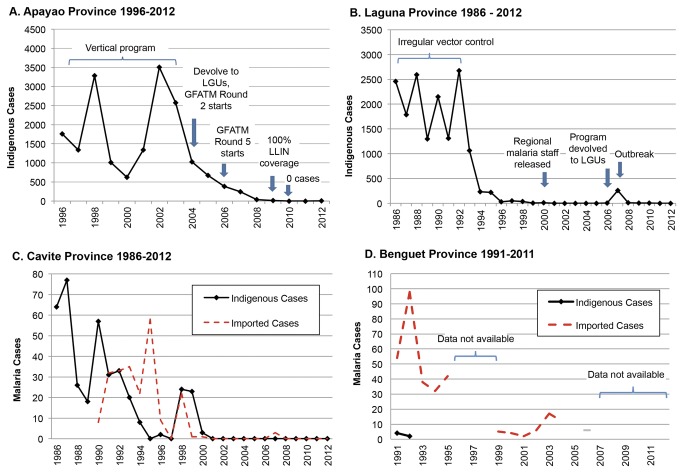Figure 3. Malaria Cases for Selected Provinces of the Philippines.
The number of indigenous and imported (when available) cases for each selected province is displayed, along with key programmatic events.
Notes: (A) imported cases are not available; 100% long-lasting insecticide net (LLIN) coverage is defined as one net per 2.5 persons. (B) Imported cases are largely undocumented for this time period; the program was devolved to Local Government Units (LGUs) in 2006. (C) Cases from 1986-1999 were from both P. vivax and P. falciparum; all cases from 1999-2001 were from P. vivax. (D) Three cases occurred from July 2003-August 2004 that cannot be attributed to a single year and thus are not included; data are not available for 1996-1998, 2005, and 2007-2011. LGU = Local Government Unit.

